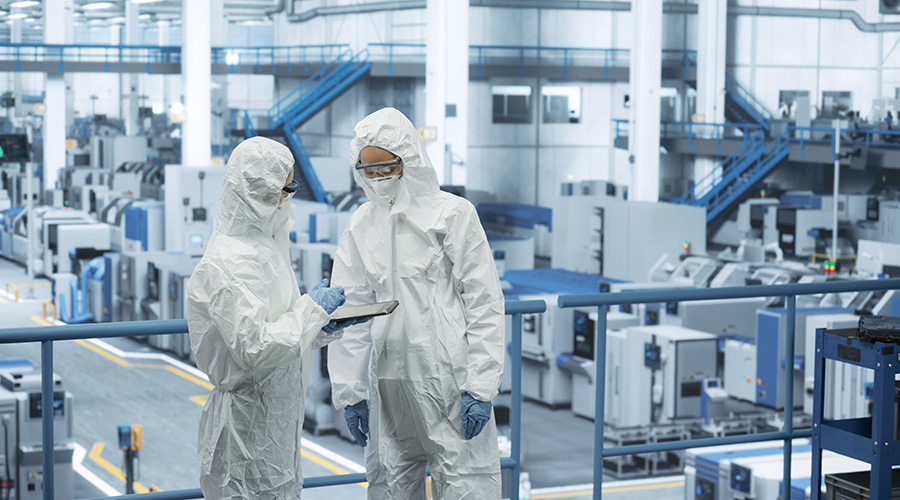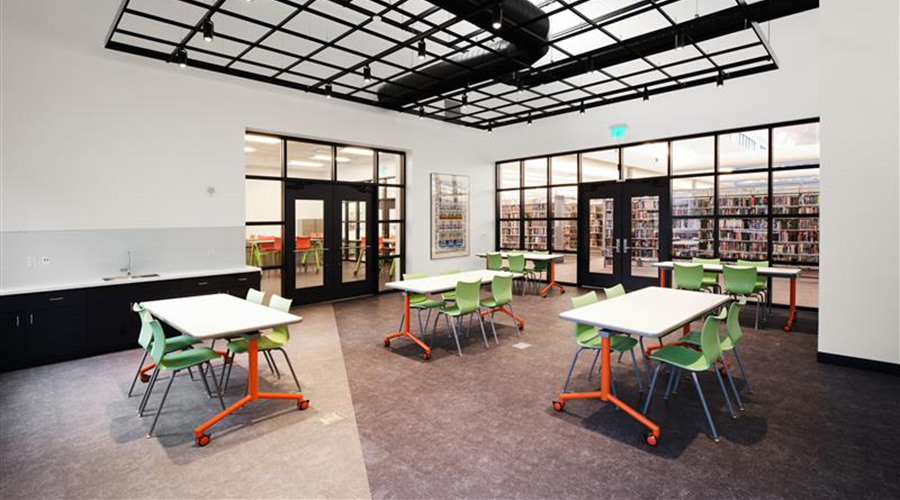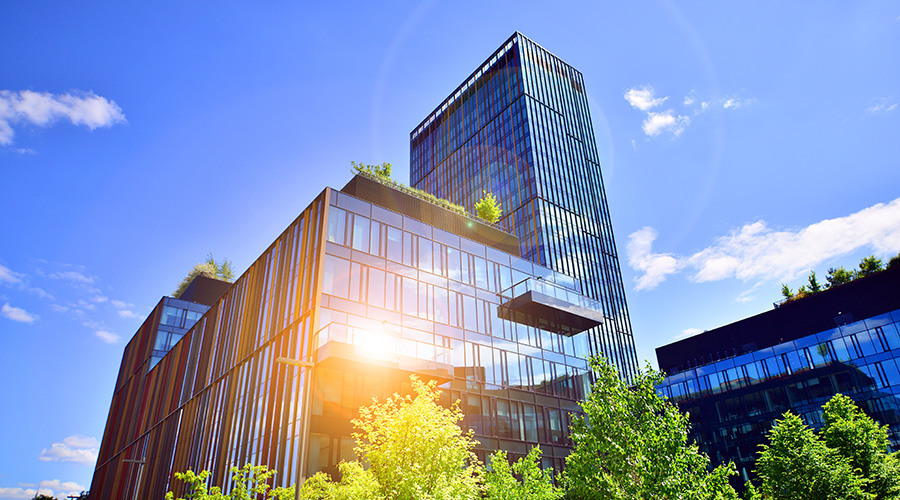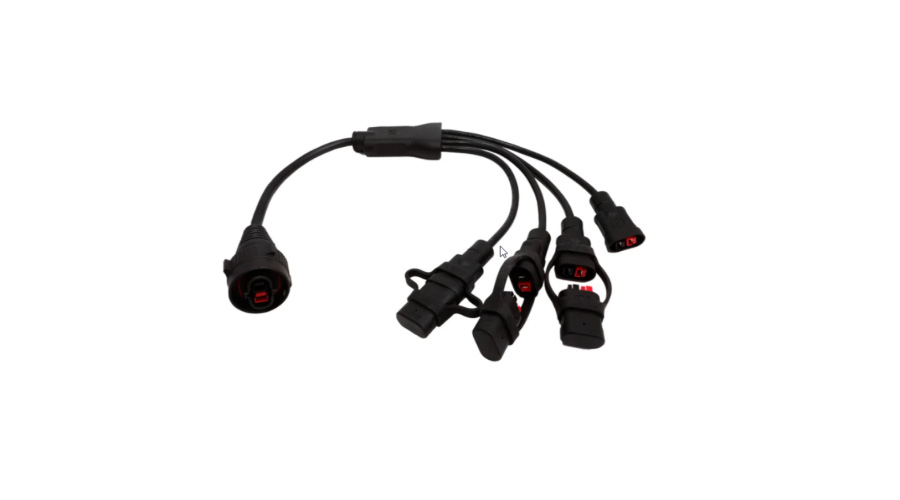
Current Trends for Data Center Lighting
A key trend is how lighting can impact a data center’s energy efficiency. March 27, 2025
By Jeff Wardon, Jr., Assistant Editor
Data centers consume massive amounts of energy, and lighting takes up a notable sum of the consumption. This energy consumption can impede any sustainability or cost-savings efforts facility managers put forth since it actively works against them. It is critical for facility managers to know what the current trends and practices are for lighting in data centers to ensure efficient and cost-conscious operations.
Jacobs and Cooper Lighting Solutions recently hosted “A Fire Side Chat: Let’s Talk Data Center Lighting Best Practices” where speakers discussed optimal practices and current trends for data center lighting. A key focus of this webinar was how lighting can play a role in a data center’s sustainability efforts.
When looking into energy efficiency, lighting solutions should be evaluated based on their lumens per watt (lm/W) rating. Fixtures with higher lm/W values give off more light while consuming less energy, leading to overall cost and energy savings. In data centers, this means facility managers can attain improved lighting performance while reducing power consumption, contributing to both operational efficiency and sustainability.
Additionally, control system compatibility with the lighting being used in a data center can impact efficiency as well. Compatible systems allow lights to automatically turn off if they’re not in use, in turn contributing to lower energy consumption.
Wireless controls are gaining traction over wired systems in data centers. While cybersecurity concerns remain, some data centers adopt them for their ease of use and scalability. Data centers house not only server racks but also various supporting technologies, making operational efficiency critical. Simplifying lighting controls with wireless systems reduces the overall complexity for facility managers, allowing them to see to more critical aspects of data center operations.
Other emerging practices and trends include:
- The use of linear lighting takes up less space overhead, which helps because data centers are getting more crowded with different types of equipment.
- Smart switching and wireless controls as it is simpler to control lighting systems and their efficiency.
- Larger, hyperscale facilities and clients are looking at their carbon footprint, making them more interested in what a manufacturer’s environmental product declaration (EPD) is. In turn, more vendors are doing an EPD study and getting the information to determine the environmental impact of their products so hyperscalers can use it in their overall carbon footprint.
Jeff Wardon, Jr., is the assistant editor of the facilities market.
Next
Read next on FacilitiesNet












